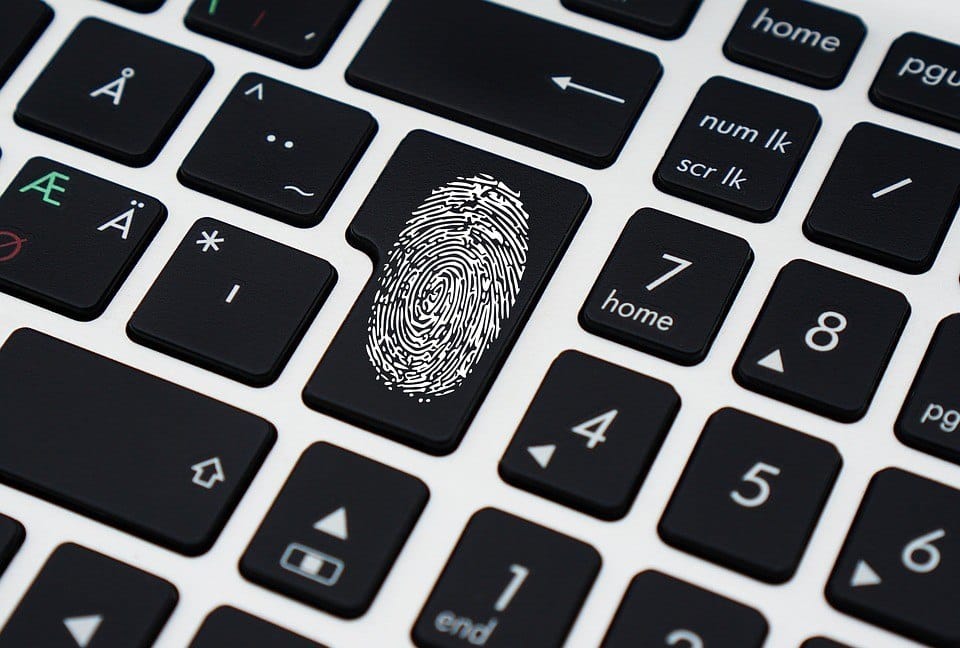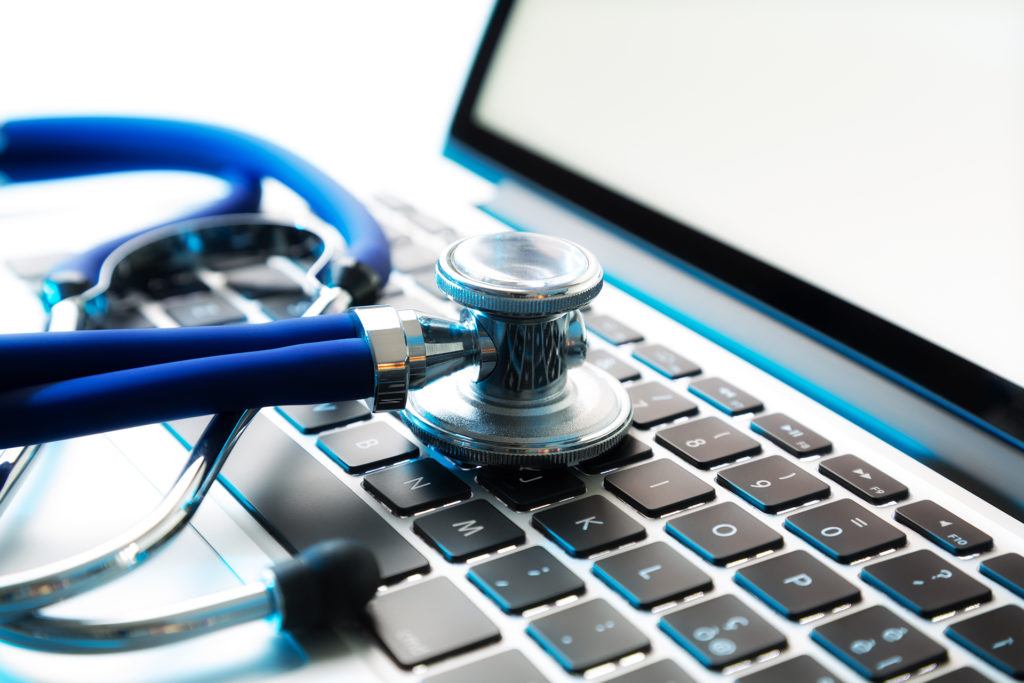Computer Tip of the Day: Power Management

Computers run more reliably when they don’t encounter power outages and brownouts. A machine that suddenly loses power not only leaves documents unsaved but can suffer damage to both the hardware and the file structure. To keep this from happening, computers should run from an uninterruptible power supply (UPS). It’s an economical way to make […]
Computer Tip of the Day: Rescuing Your Computer from Ransomware

Ransomware is a piece of software that sits somewhere between viruses and general programs. It is a type of program that can be used to lock your computer and make it close to impossible to gain access to your computer again until you agree to pay the person responsible money to release your computer to them with […]
Computer Tip of the Day: Avoid Getting Hacked

Most people think that a computer virus is anything that can go wrong with a computer. When something goes wrong with a computer, it’s often said, “I’ve got a virus!” In order to browse the internet safely and avoid being “hacked,” it should be understood what viruses are and how to avoid them. A computer virus is […]
Password Protection – Computer Tip of the Day

One of the most important things to make sure you do when browsing the web or even just using your computer in general, is to make sure your passwords are as secure as possible in order to keep your data safe from hackers and keep your accounts secure from various kinds of attacks on your accounts and […]
Computer Health – Computer Tip of the Day

It’s possible to keep a computer in optimal condition without much technical knowledge. To achieve this, keep the following points in mind: Install sufficient hardware Manage programs that run at boot-time Keep the internal storage defragmented Antivirus does not speed up your computer! Whatever task a computer is used for, there would ideally be hardware installed […]

